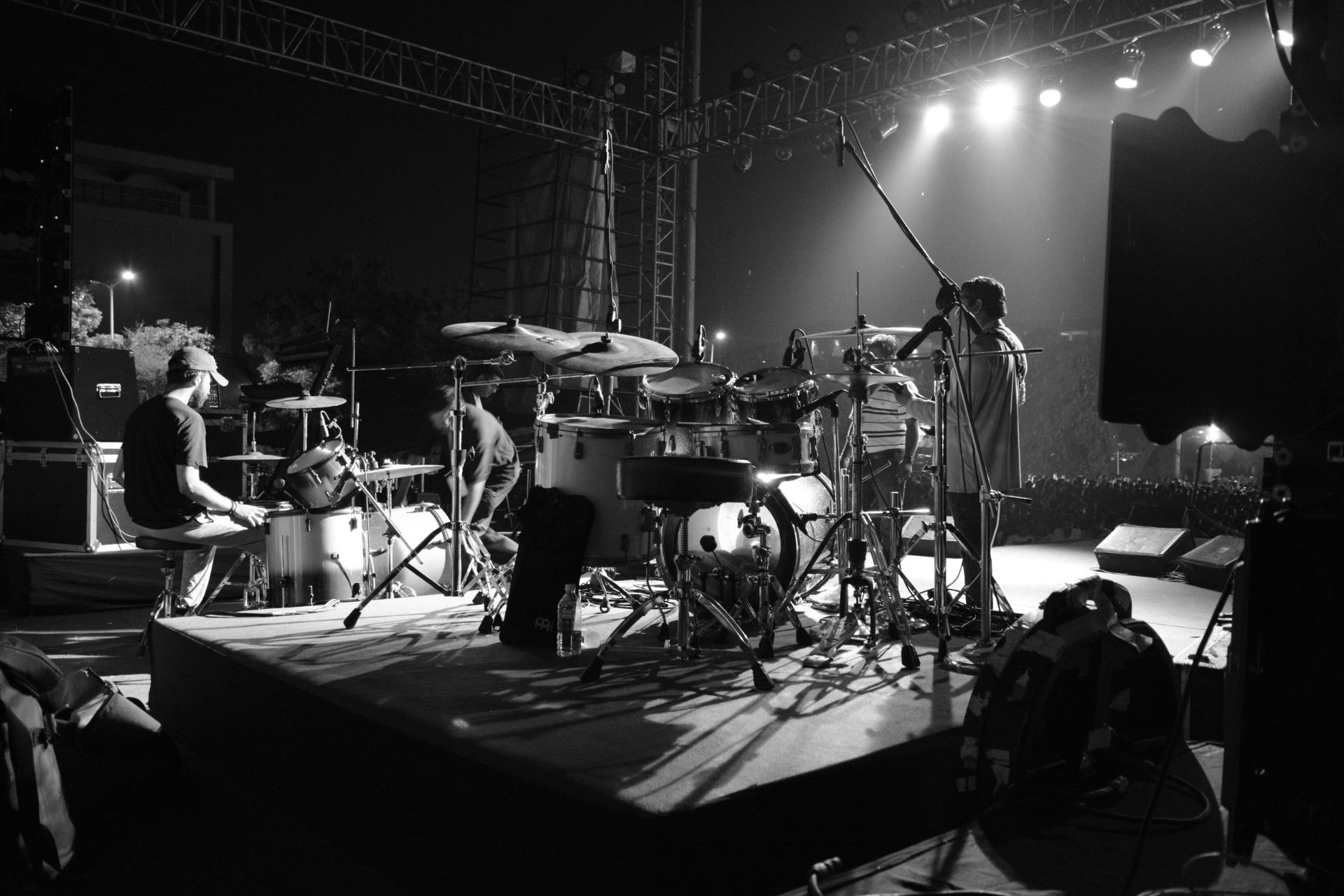General Articles
From Stage to Studio: How Technology Changed Live Music
The Evolution of Live Music
Live music has always been an essential part of human culture, from ancient performances using primitive instruments to modern concerts with advanced sound systems. Over the centuries, the experience of live music has been shaped by the tools available to musicians and audiences alike. Today, technology plays a central role in how we create, deliver, and consume live performances. From stage lighting to recording studios, innovations have redefined what it means to enjoy music in real time.
The Role of Amplification
Before the invention of electric amplification, live music was limited to the natural sound an instrument or voice could produce. Performances were restricted to smaller venues or acoustically optimized spaces. The introduction of microphones, amplifiers, and speakers allowed musicians to project their sound to much larger audiences. Rock concerts in stadiums and festivals with tens of thousands of people became possible thanks to this breakthrough. Amplification not only expanded the reach of performances but also introduced new styles of music that relied heavily on electric instruments.
Lighting and Visual Effects
Stage lighting has always been part of performances, but technology has taken it to new heights. From simple candles and gas lamps to modern LED systems, lighting enhances the energy of live shows. Today, musicians use synchronized light shows, laser beams, and video projections to create immersive experiences. These visuals are often programmed to match the rhythm of the music, turning concerts into full-scale multimedia events. Technology allows fans to not only hear but also feel the performance in a more dynamic way.
The Rise of Recording Technology
One of the biggest shifts in live music came with the ability to record performances. Early phonographs allowed for limited capture of sound, but advancements in recording brought high-quality studio sessions and live albums. Recording technology bridged the gap between stage and studio, enabling artists to preserve their performances and reach global audiences. Fans could relive concerts by purchasing live recordings, and musicians could refine their sound in controlled environments before taking it back to the stage.
Digital Sound Engineering
Sound engineering has dramatically improved with digital technology. In the past, analog mixers required manual adjustments, making it difficult to control complex live performances. Today, digital soundboards allow for precise audio balancing, real-time effects, and wireless control. Engineers can mix sound from anywhere in the venue using tablets or laptops. This ensures that every listener, regardless of their location, enjoys a high-quality experience. Digital engineering also allows artists to experiment with effects and custom soundscapes that weren’t possible in the past.
Streaming and Virtual Concerts
Technology has extended live music beyond physical venues. With streaming platforms, fans can attend concerts virtually from anywhere in the world. This trend became especially popular during the pandemic when live events were restricted. Artists embraced platforms such as YouTube, Twitch, and Instagram to broadcast their shows. Virtual concerts often include interactive features like live chats and fan requests, creating a new kind of engagement. While nothing fully replaces being in the same room as the performer, streaming has opened up access to people who otherwise could not attend.
The Influence of Electronic Instruments
Electronic instruments have revolutionized live performances. From synthesizers to drum machines, these tools allow musicians to produce sounds that traditional instruments cannot replicate. DJs and electronic artists rely heavily on technology to create beats, loops, and samples during live sets. Many bands also integrate electronic elements into their shows, combining traditional instruments with digital innovation. This blend has expanded genres and created entirely new forms of music.
Wearable Technology for Musicians
Another area where technology has made an impact is wearable devices. Musicians can now use in-ear monitors to hear a custom mix of their performance, ensuring they stay on beat and in tune. These devices provide isolation from the crowd noise, allowing performers to focus on their music. Wearable motion sensors also give musicians the ability to control sound or visuals through movement, adding a layer of interactivity to live shows. This technology has made performances more precise and innovative.
The Role of Artificial Intelligence
Artificial intelligence is beginning to shape live music in exciting ways. AI-powered tools can analyze audience reactions in real time, helping performers adjust their setlists or energy levels. Some platforms use AI to mix sound automatically or to generate background visuals that respond to the music. While still in its early stages, AI has the potential to make concerts more adaptive and personalized. Musicians may soon collaborate with intelligent systems to create experiences that evolve with the crowd.
The Studio-to-Stage Connection
Modern studios are packed with technology that often finds its way onto the stage. Artists can pre-record tracks, loops, or backing vocals in a studio and then integrate them into their live performances. This connection allows for complex arrangements that would be impossible for a single artist to replicate on stage. On the flip side, live performances are often captured with high-definition recording gear and later transformed into albums or digital releases. The relationship between stage and studio is now seamless, with each influencing the other.
Social Media and Audience Engagement
Social media platforms have transformed how live music is promoted and shared. Musicians can announce concerts, sell tickets, and engage directly with fans before, during, and after a performance. Fans often record snippets of live shows and share them instantly, creating viral moments that reach millions of people. Technology ensures that live music is not just a one-time event but an ongoing conversation between artists and audiences. This connection makes music more accessible and interactive than ever before.
Sustainability and Eco-Friendly Technology
Large concerts and festivals often consume significant amounts of energy. Technology is now being used to reduce environmental impact. LED lighting consumes less power, while digital ticketing eliminates paper waste. Some venues use renewable energy sources to power concerts, and virtual events reduce the need for travel. These innovations not only improve live music but also ensure that it evolves responsibly in an age where sustainability matters.
The Future of Live Music
As technology continues to advance, the future of live music promises to be even more innovative. Virtual reality and augmented reality are expected to create immersive concert experiences where fans can feel like they are standing next to the artist. Blockchain technology may reshape ticketing, preventing fraud and ensuring fair access. Artificial intelligence will likely continue to play a role in music creation and live shows. Despite all these changes, the core of live music remains the same: the connection between musicians and their audience.
Final Words
Technology has reshaped live music in profound ways, from amplification and digital engineering to streaming and AI. The line between stage and studio is now blurred, offering audiences experiences that are richer, more engaging, and more accessible than ever before. While tools and platforms continue to evolve, the spirit of live music remains timeless. It is this combination of tradition and innovation that makes live performances so powerful in the modern age.
Ready to explore instruments and music gear that bring performances to life? Visit Rhythm Music Shop, proudly serving Markham, Richmond Hill, North York, Scarborough, and the rest of the GTA.

